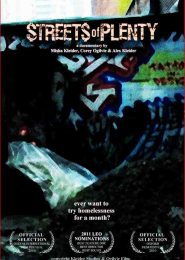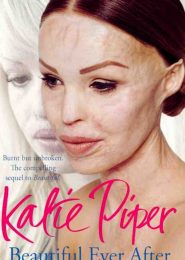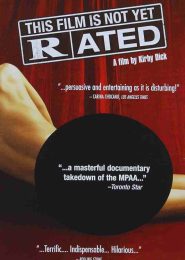The Dark Side of Chocolate (2010)
The Dark Side of Chocolate (2010) is a documentary film that sheds light on the exploitation and slave trading of African children involved in cocoa production. Shockingly, these practices continue nearly a decade after the cocoa industry pledged to end them.
Cocoa plantations in Ghana and the Ivory Coast supply a staggering 80% of the world’s chocolate.
Despite efforts to eradicate child labor, the industry still grapples with this issue. In 2000, the BBC aired Slavery: A Global Investigation, which exposed child labor in cocoa production.
In 2001, the Chocolate Manufacturers Association signed the Harkin-Engel Protocol, aiming to end child trafficking and slave labor in cocoa farms by 2008. However, the problem persists.
Danish journalist Miki Mistrati directed the documentary, investigating child labor and trafficking in chocolate production.
Filming began in Germany, where Mistrati questioned chocolate vendors about the origin of their products. The journey then took them to Mali, the Ivory Coast, Ghana, and Nigeria—regions where cocoa plantations are located.
The film concludes in Switzerland, where the International Labour Organization (ILO) and Nestle headquarters reside. Much of the footage was captured using hidden cameras.
The documentary starts in Cologne, Germany, where Mistrati confronts chocolate company representatives about child labor in cocoa farms.
In Mali, children promised paid work are trafficked to towns near the border. From there, they cross into neighboring countries, often transported on dirt bikes.
The film exposes the harsh conditions faced by these young laborers and the challenges in eradicating child labor.
In summary, The Dark Side of Chocolate serves as a reminder that our favorite treat has a bitter backstory. It’s a tale of resilience, exploitation, and the urgent need for change in the cocoa industry.




